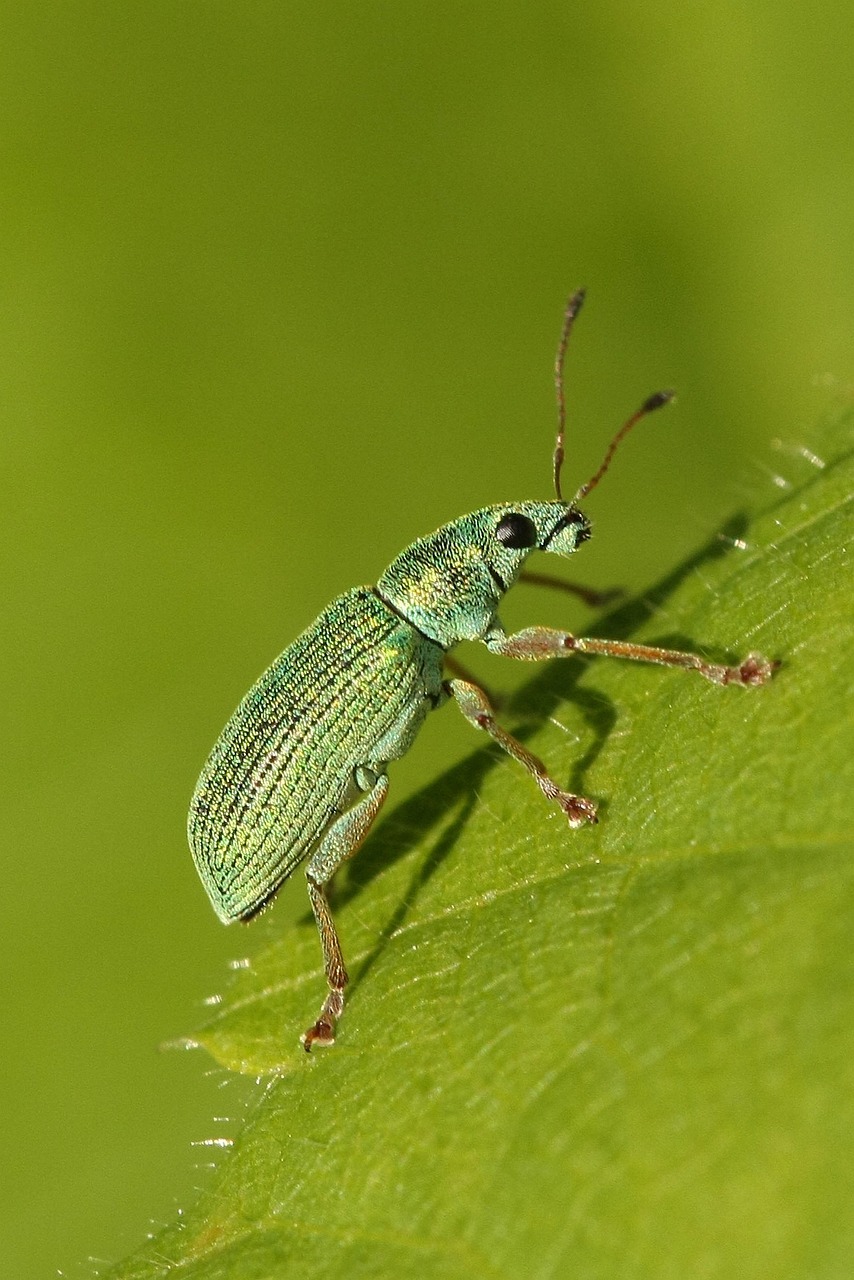
Tired of swatting away unwelcome guests during your evening barbeque? Do clouds of mosquitoes turn your dream hammock into a battleground? Fear not, nature lovers! Your garden can be your haven, not just from the scorching sun but also from pesky insects. Here’s where the magic of perennial plants comes in. These low-maintenance beauties not only grace your yard with vibrant blooms year after year, but some special varieties also boast a hidden talent: repelling insects!
The Science Behind the Scentsation
Have you ever wondered why some plants seem to have an invisible force field against buzzing annoyances? It all boils down to chemistry. Many plants produce strong-smelling essential oils as a natural defense mechanism. These fragrant compounds, while pleasant to us, can be quite offensive to insects. The pungent aromas disrupt their ability to locate food sources and potential mates, sending them packing in search of less odiferous pastures.
Planting a Pest-Free Paradise: Top 10 Bug-Repelling Perennials
Now that you know the secret weapon these botanical warriors wield, let’s explore some of the most effective bug-repelling perennials to incorporate into your garden strategy.
1. Lavender
This iconic purple bloomer isn’t just a visual treat; its calming fragrance is a nightmare for mosquitoes and flies. Plant lavender in borders, walkways, or even containers near your patio for a fragrant shield. Plus, you can harvest the blooms for sachets and potpourri to bring the relaxing scent indoors.
2. Catnip
While your feline friends go gaga over this plant, insects find its minty aroma utterly repulsive. Catnip thrives in sunny locations and produces clusters of lavender-blue flowers throughout summer. Just be warned, if you have a cat, they might be more interested in a cuddle session than keeping the bugs at bay!
3. Citronella Grass
This tropical-looking perennial is a powerhouse when it comes to repelling mosquitoes. Its lemony scent, the very essence used in many commercial repellents, is highly effective in keeping these bloodsuckers at bay. Citronella grass grows in clumps and prefers warm, humid climates.
4. Rosemary
Not only does rosemary add a delightful touch to your culinary creations, but its strong, woody fragrance also deters flies and mosquitoes. This sun-loving perennial is drought-tolerant and can be grown in containers or used to create a low hedge.
5. Lemon Balm
This member of the mint family boasts a refreshing lemon scent that not only uplifts your mood but also repels mosquitoes and gnats. Lemon balm is a fast-growing perennial that thrives in partial shade and moist soil. Just be mindful of its aggressive spreading tendencies; consider planting it in a pot.
6. Marigolds
These cheerful annuals (sometimes mistakenly classified as perennials) are well-known for their pest-repelling properties. Marigolds release a compound called thiophenes, which deters a variety of insects including mosquitoes, aphids, and whiteflies. Plus, their vibrant orange and yellow blooms add a touch of sunshine to any garden.
7. Pennyroyal
A close relative of mint, pennyroyal boasts a strong, pungent aroma that repels mosquitoes, flies, and even fleas. However, a word of caution: pennyroyal is toxic if ingested in large quantities, so avoid planting it in areas frequented by pets or children.
8. Alliums
This diverse group includes chives, garlic, and ornamental onions. All alliums share a distinct sulfurous odor that deters a wide range of insects, including aphids, Japanese beetles, and even some rodents. Plant alliums near your vegetable patch to create a natural insect barrier.
9. Chrysanthemums
These fall-blooming beauties not only add a splash of color to your garden as summer fades, but they also possess a natural defense mechanism against a variety of pests. Chrysanthemums contain pyrethrum, a compound used in some organic insecticides, which effectively repels flies, mosquitoes, and even ticks.
10. Bee Balm
Despite its name, bee balm doesn’t attract bees as much as it repels mosquitoes and gnats. This vibrant perennial boasts clusters of red, pink, or purple flowers throughout summer. Bee balm thrives in full sun and moist soil and can be a lovely addition to a butterfly garden.
Creating a Multi-Layered Defense
Planting a variety of these bug-repelling perennials throughout your garden will create a more potent defense against unwanted insects. Here are some additional tips for maximizing your pest control efforts:
- Mix and Match: Don’t just plant a single type of repellent perennial. By incorporating a diverse selection, you’ll target a wider range of insects and create a more confusing olfactory experience for them.
- Think Strategically: Plant taller insect-repelling perennials around the perimeter of your patio or seating area to create a natural barrier. Interweave shorter varieties throughout your flowerbeds for added protection.
- Companion Planting: Consider companion planting. This involves strategically placing certain plants together to benefit each other. For example, planting marigolds near your vegetable patch can help deter tomato hornworms and other pests.
Beyond the Blooms: A Word on Attracting Beneficial Insects
While repelling unwanted insects is important, creating a balanced ecosystem in your garden is key. Beneficial insects, like ladybugs and praying mantises, are natural predators that help control pest populations. To attract these helpful allies, consider incorporating flowering plants that provide them with nectar and pollen. Some good options include:
- Yarrow (Achillea millefolium)
- Cosmos (Cosmos bipinnatus)
- Dill (Anethum graveolens)
Living with Nature: A Sustainable Approach
Using insect-repellent perennials is a natural and sustainable way to keep pests at bay. Unlike chemical repellents, these plants are safe for children, pets, and the environment. Plus, they add beauty and fragrance to your garden, attracting butterflies and other pollinators.
Remember: While these plants can significantly reduce insect activity, they may not completely eliminate them. For stubborn pests, consider natural remedies like spraying neem oil solution or using strategically placed traps.
So, the next time you’re planning your garden, consider incorporating some of these amazing bug-repelling perennials. With a little planning and a dash of botanical magic, you can create a haven where you can relax and enjoy the beauty of nature, pest-free!
